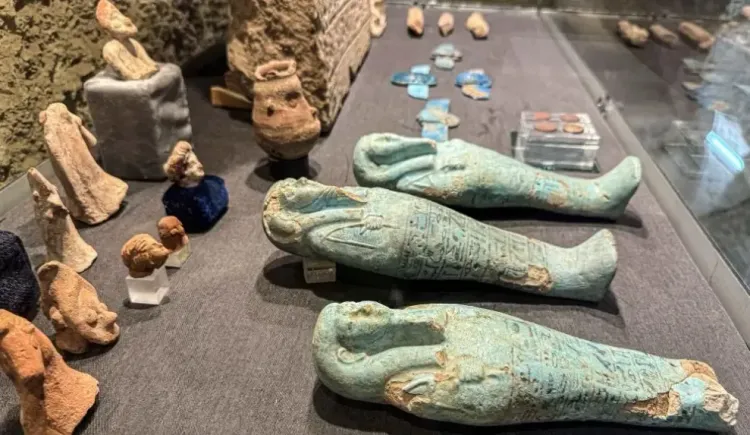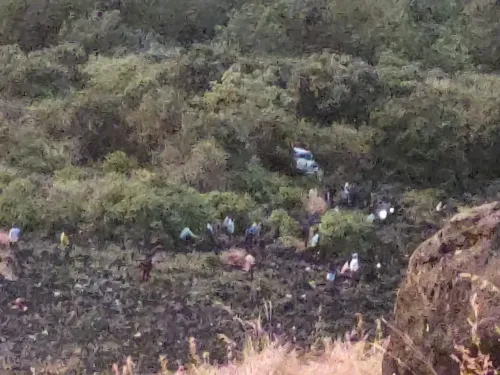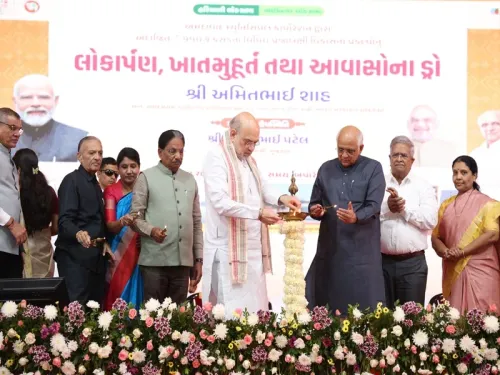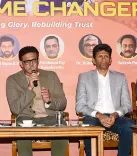New Archaeological Findings Unveiled Near Luxor, Egypt

Luxor, Jan 9 (NationPress) Archaeologists in Egypt have made remarkable discoveries in close proximity to Luxor, featuring remnants of a temple tied to Queen Hatshepsut, according to the Ministry of Tourism and Antiquities.
A research team spearheaded by Zahi Hawass announced on Wednesday the unearthing of a well-preserved segment of the Valley Temple's foundations, which functioned as the primary entrance to Hatshepsut's funerary temple, dating back to the 18th Dynasty (approximately 1539-1292 BC), as reported by Xinhua news agency.
The excavation resulted in the recovery of over 1,000 intricately decorated blocks and fragments, featuring elaborate carvings and inscriptions, recognized as rare instances of sculpture from both Hatshepsut's era and that of her successor, Thutmose III.
The ministry indicated that these inscriptions are the most comprehensive discovered from the temple, which was intentionally ruined during the Ramesside Period (around 1292-1077 BC).
Additionally, more than 100 limestone and quartzite tablets inscribed with Hatshepsut's royal cartouches (nameplates) were located. These findings, along with other foundational deposits, affirm Hatshepsut's proprietorship of the temple.
The team also revealed rock-cut tombs and artifacts dating back to the Middle Kingdom (around 1938-1630 BC), including a tomb belonging to the Overseer of the Palace of Queen Tetisheri from the 17th Dynasty (approximately 1630-1540 BC). Burial shafts from the same era, an extensive necropolis, and bronze coins from the Ptolemaic Period (the final dynasty of ancient Egypt) were also discovered.
Abdel-Ghaffar Wagdy, Director General of Luxor Antiquities, informed Xinhua that these discoveries, backed by the Ministry, would "undoubtedly enhance tourist attraction."
Last November, an Egyptian-American archaeological team revealed the first Middle Kingdom-era burials at the Assasif cemetery near Luxor.
The discovery spanned the period from 2055 BC to 1650 BC and is anticipated to offer new perspectives on burial customs during the 12th and early 13th dynasties of ancient Egypt.
Excavators uncovered 11 graves containing skeletal remains of men, women, and children, indicating a multi-generational family burial site.










